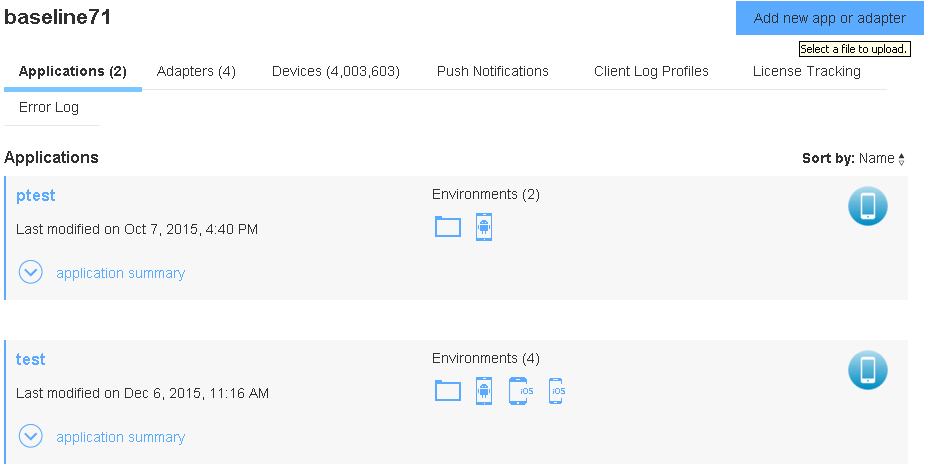
Use the Zalando PostgreSQL Operator offering: This is a high-availability solution from Zalando that relies on their existing Patroni -based cluster template. Use the Bitnami PostgreSQL Deployment offerings: Bitnami supports multiple types of deployments (including helm) and supports many configuration options for large-scale deployments. If you want a more enterprise-ready solution, you could: In the previous example, we only deployed a single instance of PostgreSQL for development purposes. Now, we apply the deployment and check that is available and healthy: This is all necessary to ensure that we have the right volume and secrets used for that container. Then, we added details of the container image and the image pull policy. We used the apiVersion: apps/v1 deployment config, which requires us to specify quite a few lines, such as selector and metadata fields. Here, we glued all of the configurations that we defined earlier with the Kubernetes secret config and the persistent volume mounts. Next, you create a PersistentVolumeClaim that requests the usage for that particular PersistentVolume type based on the same storage class.įor our example, we will use the current node filesystem as a volume, but it’s better to use a StorageClass suitable for database operations.įirst, we define the configuration for the PersistentVolume: First, you create a PersistentVolume manifest that describes the type of volumes you want to use. Kubernetes has a different configuration format for those operations. The solution is to mount a filesystem to store the PostgreSQL data. This is because the Docker instance does not have persistent storage for any information when the container no longer exists (by default). Next, you want to create permanent file storage for your database data. Create PersistentVolume and PersistentVolumeClaim ❯ kubectl get secret postgres-secret-config -o yaml We will use the following values for the Postgres password: Once you have everything configured, you need to create the configuration for the Kubernetes secret. Note that this provider stores the secrets as base64 strings by default, so you’ll need to enable encryption at rest for better security. This is to ensure that sensitive information (like database credentials) is not stored in plain sight. You need to store some connection configuration for the PostgreSQL instance using the Kubernetes secrets config. Create your connection configuration and secrets In this post, we will be using the latest Postgres 15.3 image. Or, better yet, you can use the official open-source image from Docker Hub.

You can create one on your own using these basic steps. To finish this step, you need a Docker image for PostgreSQL. Kubernetes pulls Docker images from a registry and deploys them based on a configuration file. Simple PostgreSQL deployment Dockerize PostgreSQL I’ve created mine using Digital Ocean, but you could use Kind or Minikube if you are working locally.īefore we start, we will explain the basic steps for deploying a single instance of PostgreSQL on Kubernetes. In order to follow along, you will need to have:Ī Kubernetes cluster.
#Deploying app on bitnami mean how to
Learn how to set up a single PostgreSQL instance for testing, and then get a sense of an advanced use case in which there are a few options for deploying a more configurable instance of PostgreSQL. Read on for simple steps for deploying and running a PostgreSQL database on Kubernetes. Deploying in a Kubernetes cluster lets you build out your cloud-native PostgreSQL instance. You will usually want to deploy database applications (like PostgreSQL) as well, so that your applications can leverage their features within the cluster.

#Deploying app on bitnami mean manual
Kubernetes is an orchestration platform that allows containers to be deployed in an automated and resilient way, abstracting many of the manual steps of rolling upgrades and scaling.


 0 kommentar(er)
0 kommentar(er)
